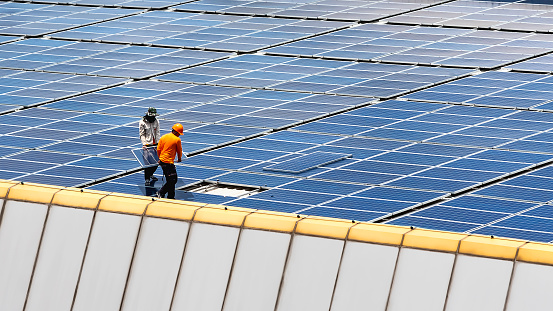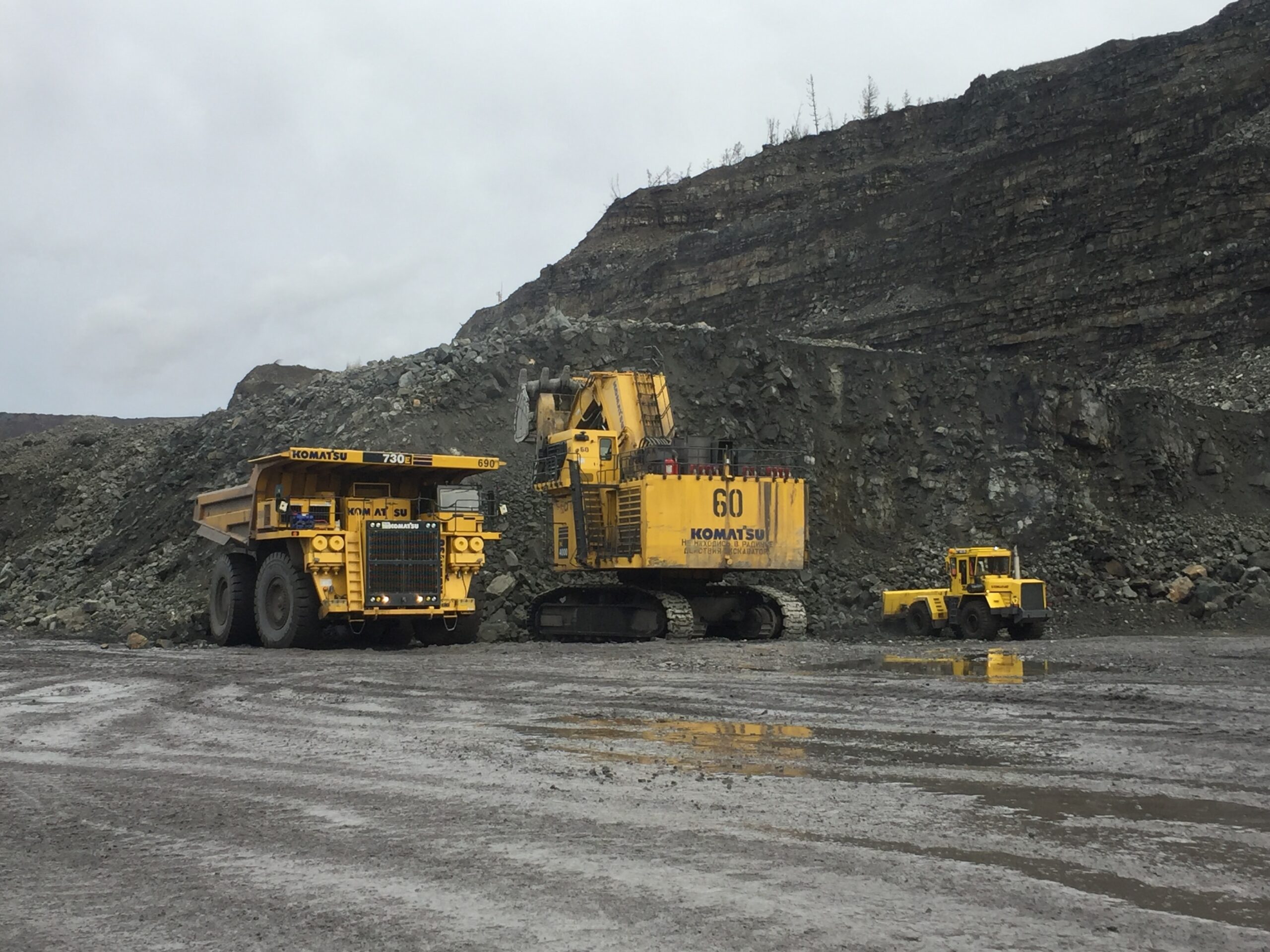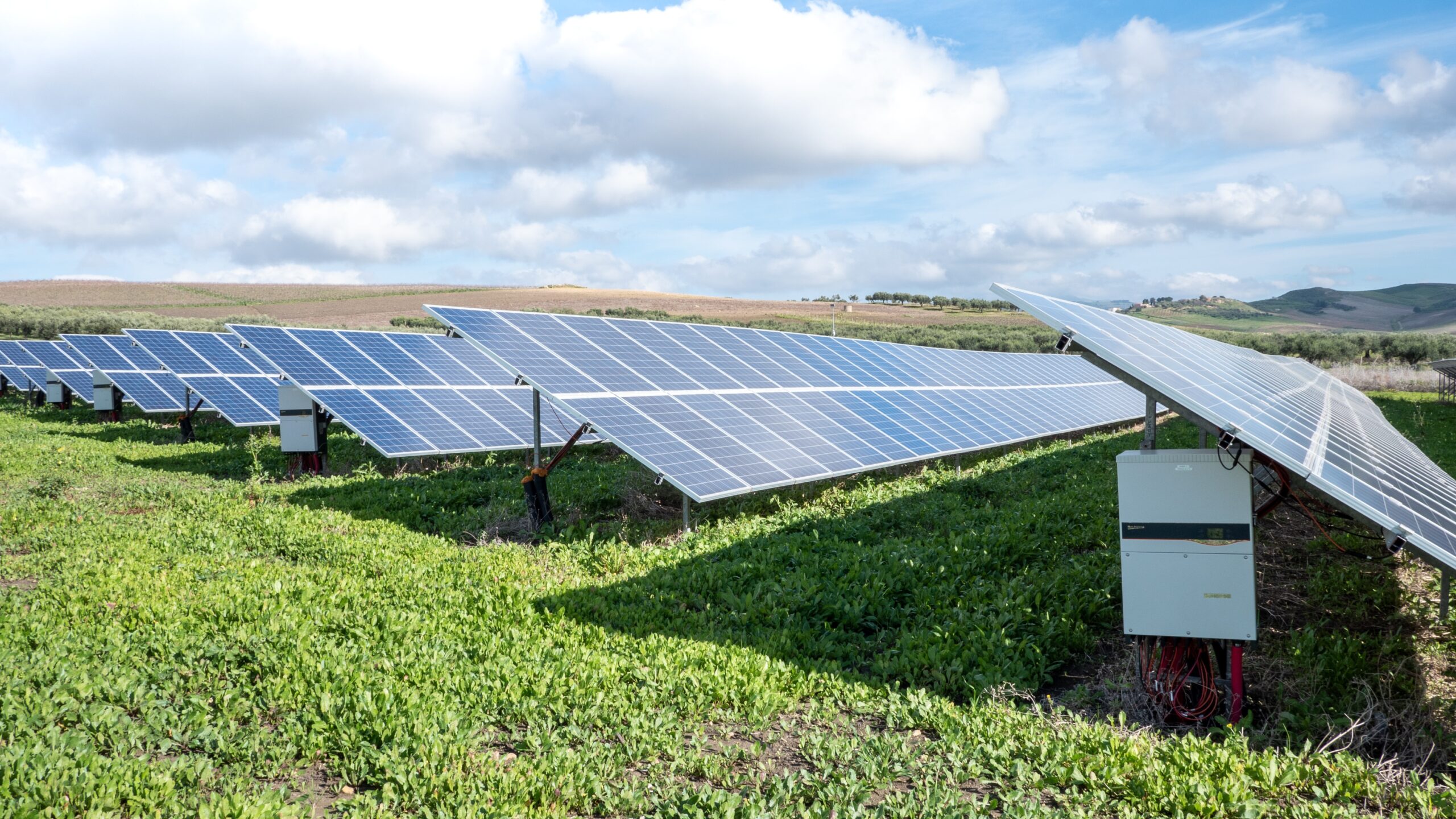PT Kereta Api Indonesia (KAI) (Persero) will build a rooftop solar panel on the grid to support electrical power needs at train stations and other buildings in the company’s assets. This change in electrical energy sources is a step to support the green energy transition in Indonesia.
This is the result of the signing of a memorandum of understanding between PT KAI and Pertamina NRE in the context of the transition to sustainable energy.
Through this collaboration between BUMN, KAI, and Pertamina NRE support government programs in the G20 Indonesia Presidency related to priority issues of the sustainable energy transition.
Furthermore, the signing of a memorandum of understanding (MoU) between PT KAI and Pertamina NRE regarding the Development of New and Renewable Energy in KAI’s Assets was held at Gambir Station, Jakarta, Wednesday (9/3/2022). The signing was carried out by PT KAI President Director Didiek Hartantyo and Pertamina NRE Chief Executive Officer Dannif Danusaputro.
The MOU is the first step in implementing the energy transition to New and Renewable Energy (EBT), such as the application of on-grid system technology and hydrogen. This MoU includes a strategic partnership to conduct a feasibility study, development and potential implementation of a Solar Power Plant (PLTS) project.
“KAI’s commitment in implementing Environmental, Social & Governance (ESG) Management is increasingly visible, by supporting government programs and contributing to reducing greenhouse gas emissions by 29 percent in 2030 and Net Zero Emissions in 2060,” said KAI President Director Didiek Hartantyo. , quoted from a press release, Thursday (10/3/2022).
The plan is to install rooftop solar panels on the grid at train stations and other buildings within the KAI environment, which will be implemented for energy conservation, energy efficiency, and increasing the use of environmentally friendly solar energy.
Currently, the installation of PLTS has been carried out at Batang Station with a capacity of 6 kWp and at Garut Station with a total capacity of 60 kWp. KAI will continue to increase the number of buildings installed by PLTS to support the use of green energy.
Before the inauguration of this MoU, a mapping of the PLTS energy potential at 70 KAI stations was 2.75 MWh/year, thus potentially reducing carbon dioxide by 179,459,810.6 kg CO2/year.
In implementing Environmental, Social & Governance in the company, KAI uses the station’s natural air circulation, uses energy-efficient lighting, prioritizes local workers, and prepares various permits and recommendations related to company buildings.
Furthermore, Didiek also said that he would continue to make efforts to preserve the environment. Currently, he said nearly 56,000 trees had been planted in various areas of KAI’s operations.
For information, Pertamina NRE has installed PLTS in various locations, both external and internal to Pertamina. Last year, Pertamina NRE installed PLTS in the Sei Mangkei Special Economic Zone (SEZ) with an installed capacity of 2 MWp; in PLTS RU IV Cilacap with a capacity of 1.34 MWp; and PLTS RU II Dumai with a capacity of 2 MWp.
Pertamina is fully committed to supporting the achievement of the 2060 net-zero emission target. This step is part of the integrated implementation of environmental, social, and governance (ESG) aspects in Pertamina NRE business management.

























